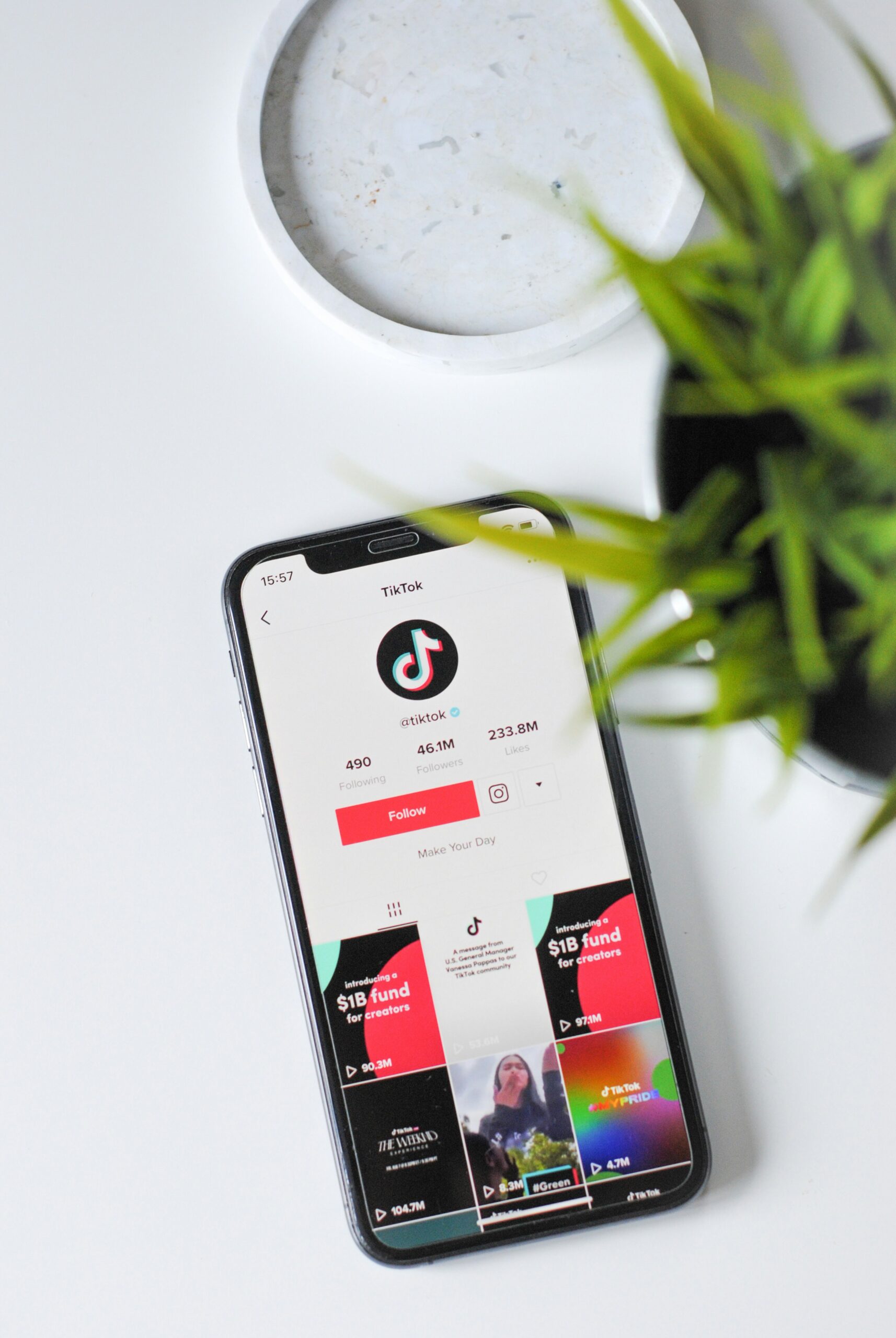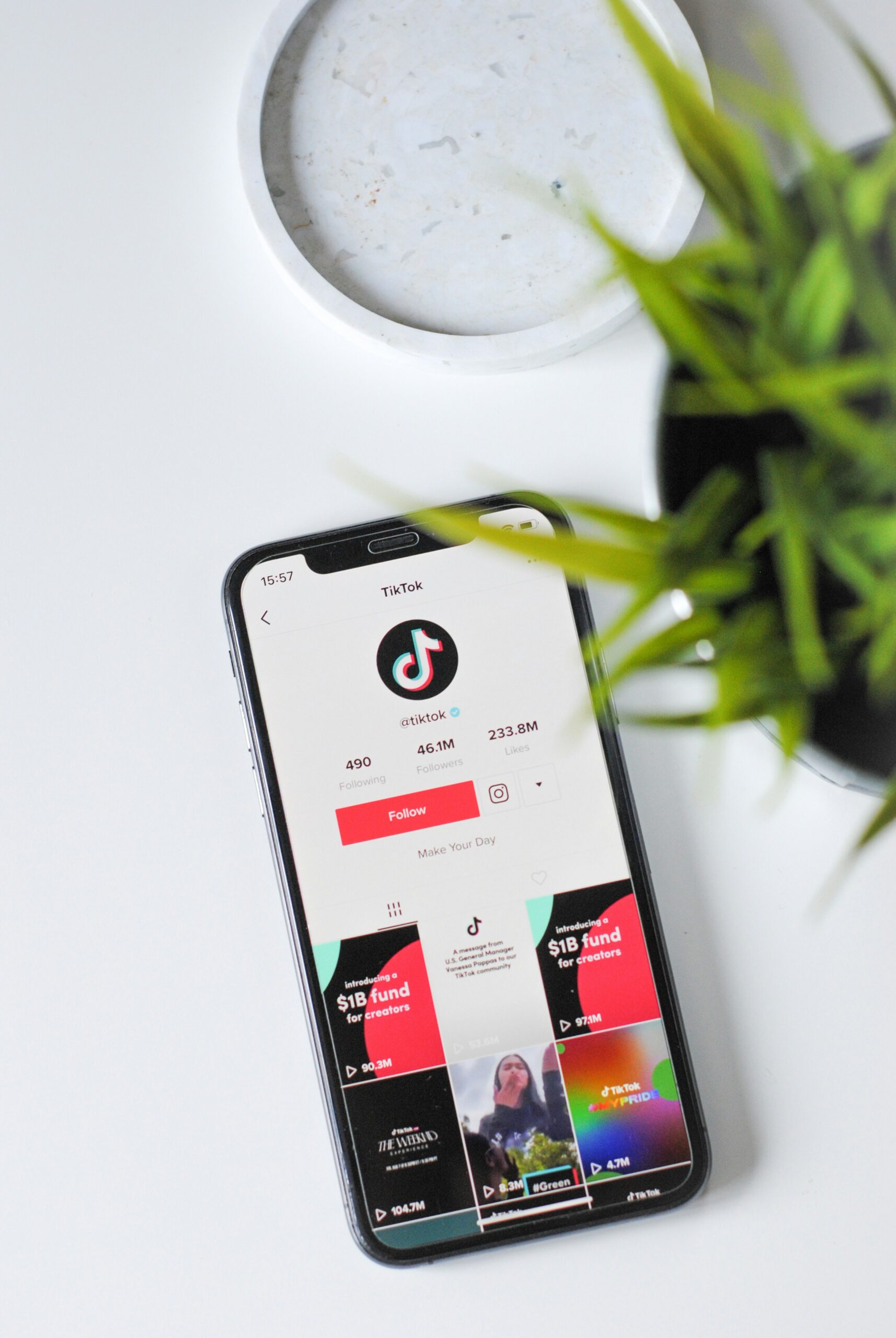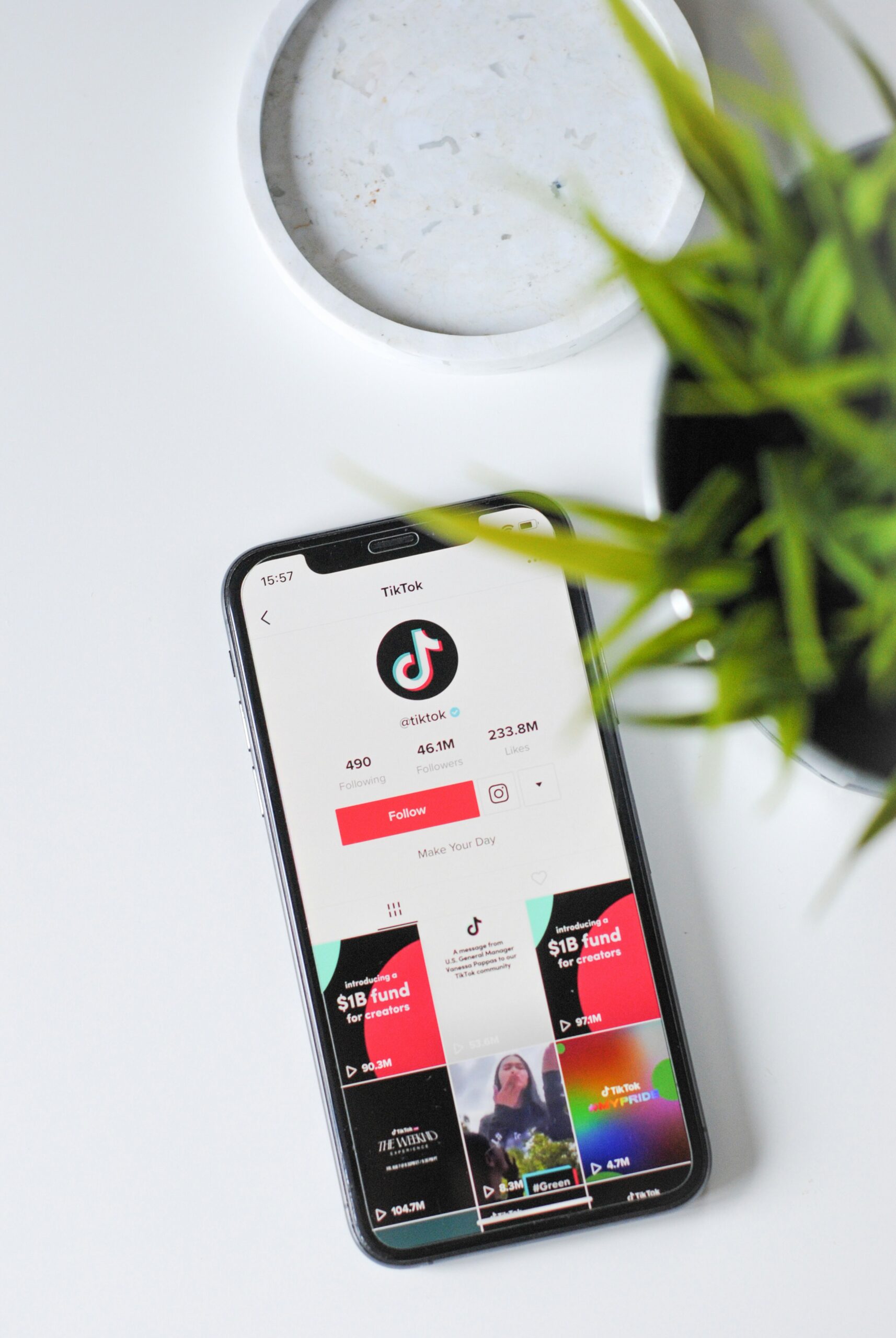
The Rise of TikTok Influencers: How to Partner for Maximum Impact
Introduction to TikTok’s Explosive Growth
TikTok has swiftly emerged as a formidable player in the social media ecosystem. Launched internationally in 2018, the platform has seen an extraordinary rise, amassing over 1 billion active users by 2021. This rapid growth is indicative of TikTok’s unique appeal, particularly among younger demographics. Approximately 60% of TikTok’s user base is comprised of individuals aged 16 to 24, making it a prime platform for reaching Gen Z audiences.
The platform’s success can be attributed to its innovative approach to content creation and consumption. TikTok’s algorithm is designed to surface highly engaging, short-form videos, fostering a dynamic environment where trends can go viral in a matter of hours. This has created fertile ground for influencers to thrive, as their content has the potential to reach vast audiences quickly.
Key milestones in TikTok’s history underscore its rapid ascent. In 2020, the app surpassed 2 billion downloads globally, driven in part by the COVID-19 pandemic, which saw a surge in social media usage as people sought entertainment and connection during lockdowns. TikTok’s parent company, ByteDance, has continually invested in the platform, enhancing its features and user experience to stay ahead of competitors.
The demographic diversity on TikTok is also expanding. Initially dominated by younger users, the platform is now seeing increased engagement from older age groups and diverse cultural backgrounds. This broadening user base enhances TikTok’s appeal for brands looking to engage with a wide and varied audience.
Understanding TikTok’s explosive growth is crucial for grasping the significance of TikTok influencers in today’s digital marketing landscape. Their ability to create authentic, engaging content that resonates with millions is a testament to the platform’s power and potential for impactful brand partnerships. As TikTok continues to evolve, its influencers will undoubtedly play a central role in shaping the future of social media marketing.
Understanding the Power of TikTok Influencers
TikTok influencers have rapidly ascended to prominence, leveraging the platform’s unique characteristics to create a substantial impact. One of the primary reasons for their effectiveness lies in their unparalleled ability to generate viral content. Unlike traditional social media, TikTok’s algorithm promotes content based on engagement rather than follower count, making it easier for influencers to reach a broader audience. Their knack for creating engaging, shareable videos often results in rapid dissemination across the platform, amplifying their reach exponentially.
Another critical factor contributing to the power of TikTok influencers is the authenticity they bring to their posts. Users on TikTok value genuine, relatable content over highly polished productions. Influencers who share personal stories, everyday experiences, and unfiltered moments foster a sense of trust and credibility among their followers. This authenticity resonates deeply with audiences, creating a loyal and engaged follower base. Additionally, the short-form video format of TikTok allows influencers to demonstrate products or ideas in a direct and impactful manner, enhancing their persuasive power.
The deep connection TikTok influencers establish with their followers further amplifies their influence. Many influencers interact regularly with their audience through comments, live sessions, and direct messages, fostering a sense of community and belonging. This ongoing engagement not only solidifies their relationship with existing followers but also attracts new ones. The intimate bond between influencers and their audience makes their endorsements and recommendations particularly effective, as followers are more likely to trust and act on their advice.
Real-world examples highlight the success of TikTok influencers in various niches. For instance, Charli D’Amelio, who started with dance videos, has now amassed millions of followers and secured numerous brand partnerships. Similarly, Addison Rae’s transition from viral dance videos to mainstream media demonstrates the platform’s potential to catapult influencers into broader fame. These examples underscore the vast opportunities TikTok offers for influencers to create substantial impact and for brands to leverage their reach and authenticity effectively.
Types of TikTok Influencers
TikTok influencers can be categorized into distinct groups based on follower count, niche, and content style. This classification helps brands identify the right influencers to partner with for maximum impact.
Macro-Influencers
Macro-influencers typically have a follower count ranging from 100,000 to millions. They often produce high-quality content and have a broad reach, making them ideal for brands looking to achieve widespread visibility. For example, Charli D’Amelio, with over 100 million followers, has successfully partnered with numerous brands to amplify their message. The downside, however, is that macro-influencers usually charge higher fees and may not have as personal a connection with their audience compared to smaller influencers.
Micro-Influencers
Micro-influencers, who have between 10,000 and 100,000 followers, often focus on specific niches. Their content is more specialized, and their audience tends to be highly engaged. For instance, a fitness enthusiast with 50,000 followers might have a dedicated community interested in health and wellness. Partnering with micro-influencers can be more cost-effective, and their recommendations often carry more weight with their followers. However, their reach is more limited compared to macro-influencers.
Nano-Influencers
Nano-influencers are the smallest tier, with follower counts typically under 10,000. Despite their smaller audience, they often have a highly engaged and loyal following. Their content is usually very personal and relatable, making them excellent for brands looking to build trust and credibility. For example, a local fashion influencer with 5,000 followers might have a significant impact on a community level. The primary advantage of partnering with nano-influencers is their affordability and the genuine connection they have with their audience. However, their limited reach means that brands may need to collaborate with multiple nano-influencers to achieve broader visibility.
Understanding the different types of TikTok influencers and their unique advantages can help brands tailor their influencer marketing strategies for optimal results.
Identifying the Right Influencer for Your Brand
Choosing the right TikTok influencer is crucial for maximizing the impact of your marketing efforts. A well-suited influencer can amplify your brand message, reach your target audience effectively, and enhance your brand’s reputation. To identify the best TikTok influencer for your brand, several key factors need to be considered.
Firstly, analyzing audience demographics is essential. Ensure that the influencer’s followers match your target market in terms of age, gender, location, and interests. Tools like TikTok Analytics and third-party platforms can provide valuable insights into an influencer’s audience demographics, helping you make informed decisions.
Next, engagement rates are a critical metric. High follower counts are impressive, but they do not necessarily translate to effective influence. Look for influencers with strong engagement rates, which indicate that their followers are actively interacting with their content. Engagement can be measured through likes, comments, shares, and views. Influencers with high engagement are more likely to drive meaningful interactions with your brand.
Content style is another vital aspect to consider. Review the influencer’s past content to ensure their style aligns with your brand’s image and values. Authenticity is key; the influencer’s content should feel natural and resonate with your audience. An influencer who consistently produces high-quality, creative, and relevant content will likely be a good fit.
Alignment with brand values cannot be overstated. The influencer you choose should share your brand’s core values and ethos. This alignment ensures that the partnership feels genuine and can build trust with the audience. Conduct thorough research on the influencer’s past collaborations and public statements to gauge their suitability.
Utilizing influencer marketing platforms and tools can streamline the research process. Platforms like Traackr, Upfluence, and AspireIQ offer comprehensive databases of influencers, along with detailed analytics and performance metrics. These tools can help you identify potential influencers and evaluate their fit for your brand effectively.
By carefully considering audience demographics, engagement rates, content style, and alignment with brand values, and by leveraging specialized platforms, you can identify the right TikTok influencer to partner with for maximum impact.
Crafting Effective Partnership Strategies
Partnering with TikTok influencers can significantly amplify your brand’s visibility and engagement, but it requires a well-thought-out strategy to achieve maximum impact. The first step in crafting an effective partnership is setting clear and measurable objectives. Whether you aim to increase brand awareness, drive traffic to your website, or boost sales, having specific goals will help guide your collaboration and measure its success.
Once your objectives are defined, developing a detailed creative brief becomes crucial. A comprehensive brief should outline your brand’s message, target audience, key deliverables, and any specific content ideas or themes. However, while providing guidance is essential, it’s equally important to allow influencers the creative freedom to maintain their authentic voice and style. Authenticity resonates strongly with TikTok audiences, enhancing the credibility and effectiveness of the campaign.
Ensuring seamless collaboration involves open and consistent communication. Regular check-ins and updates can prevent misunderstandings and keep the project on track. Tools such as shared calendars, project management software, and collaborative platforms can facilitate this process. Additionally, setting realistic timelines and being flexible with deadlines can help accommodate the influencer’s content creation process, ensuring high-quality outcomes.
Another critical aspect of a successful partnership is leveraging the influencer’s insights and expertise. Influencers understand their audience better than anyone and can offer valuable input on what type of content will perform best. Encouraging them to contribute their ideas can lead to more engaging and effective content, ultimately maximizing the impact of your campaign.
Finally, tracking and analyzing the performance of your influencer partnerships is essential for understanding their effectiveness. Utilize analytics tools to measure engagement rates, reach, and conversions, and use these insights to refine your strategies for future collaborations. By following these detailed strategies, you can forge impactful partnerships with TikTok influencers, driving meaningful results for your brand.
Measuring the Success of Influencer Campaigns
Understanding the effectiveness of TikTok influencer campaigns is crucial for brands aiming to maximize their impact. Several key metrics provide insights into campaign success, including reach, engagement, conversions, and return on investment (ROI). Analyzing these metrics helps brands refine strategies and optimize future collaborations.
Firstly, reach refers to the total number of unique users exposed to the campaign content. This metric is fundamental as it indicates the breadth of the campaign’s visibility. Tools like TikTok Analytics and third-party platforms such as HypeAuditor or Socialbakers can help track reach by analyzing follower counts and video views.
Engagement is another critical metric, encompassing likes, comments, shares, and overall interaction with the content. High engagement rates suggest that the audience finds the content compelling and resonates with the message. TikTok Insights provides detailed engagement data, while platforms like Sprout Social offer comprehensive analytics reports.
Conversions measure the ultimate goal of the campaign, whether it is driving website traffic, app downloads, or product purchases. Tracking conversions can be achieved through unique discount codes, affiliate links, or UTM parameters. Google Analytics and TikTok’s own tracking tools can offer valuable data on user behavior and conversion rates.
ROI is perhaps the most crucial metric, reflecting the financial effectiveness of the campaign. Calculating ROI involves comparing the revenue generated from the campaign against the costs incurred. Accurate ROI assessment requires comprehensive tracking of all campaign-related expenses and revenues.
Case studies provide practical examples of successful TikTok influencer campaigns. For instance, a campaign by a well-known fashion brand collaborated with a popular TikTok influencer and achieved a reach of over 2 million users, an engagement rate of 12%, and a 20% increase in online sales within a month. The ROI analysis showed that the campaign generated a 5:1 return, proving its effectiveness.
In summary, measuring the success of TikTok influencer campaigns involves a detailed analysis of reach, engagement, conversions, and ROI. Utilizing the appropriate tools and studying successful case examples can significantly enhance the impact of future campaigns.
Collaborating with TikTok influencers can yield significant benefits for brands, but it is not without its challenges. One of the most prevalent issues is the potential misalignment of brand values. Ensuring that the influencer’s ethos aligns with your brand’s core message is paramount. This misalignment can be mitigated by conducting thorough research and vetting processes before initiating any partnership. Brands should look beyond follower counts and engagement rates, delving into the influencer’s past content and public persona to gauge compatibility.
Another common challenge arises with content approval processes. TikTok’s dynamic and fast-paced nature often conflicts with the more structured and controlled approach brands typically prefer. To navigate this, it is crucial to establish clear guidelines and expectations from the outset. Drafting a detailed content brief that outlines key messages, brand tone, and non-negotiable elements can help streamline the approval process. Additionally, fostering open communication channels with influencers allows for real-time feedback and ensures that the final content aligns with the brand’s standards.
Managing multiple influencers simultaneously can also pose logistical difficulties. Coordinating schedules, content themes, and ensuring consistent messaging across various influencers requires meticulous planning. Employing a dedicated influencer marketing platform or utilizing project management tools can significantly ease this process. These tools enable brands to track deliverables, monitor performance metrics, and ensure that all influencers are on the same page regarding campaign objectives.
Practical solutions for these challenges emphasize the importance of strategic planning and effective communication. By aligning with the right influencers, setting clear content guidelines, and utilizing management tools, brands can overcome these obstacles and maximize the impact of their TikTok influencer partnerships. Leveraging these strategies not only enhances the efficiency of the collaboration process but also amplifies the authenticity and reach of the brand’s message on TikTok.
Future Trends in TikTok Influencer Marketing
As TikTok continues to evolve, so too does the landscape of influencer marketing on the platform. One of the most significant trends on the horizon is the rise of live-streaming. This dynamic format allows influencers to engage with their audience in real-time, creating a more interactive and authentic experience. Live-streaming can drive immediate engagement and foster closer connections between influencers and their followers, making it a powerful tool for brands looking to leverage TikTok for marketing purposes.
Another emerging trend is the integration of e-commerce within TikTok. The platform has been rolling out features that enable seamless shopping experiences directly within the app. Influencers can now showcase products during their videos and live streams, and viewers can make purchases without leaving the platform. This integration not only simplifies the shopping process for consumers but also provides brands with a direct and measurable way to drive sales through influencer partnerships.
Data analytics is also becoming increasingly important in TikTok influencer marketing. As the platform matures, brands are seeking more sophisticated ways to measure the impact of their campaigns. Advanced analytics tools can provide insights into audience demographics, engagement rates, and conversion metrics, allowing brands to optimize their strategies and maximize their return on investment. The ability to analyze and interpret data effectively will be crucial for brands looking to stay ahead in the competitive landscape of TikTok influencer marketing.
Industry experts predict that these trends will continue to shape the future of TikTok influencer marketing. As live-streaming, e-commerce integration, and data analytics become more prevalent, brands will need to adapt their strategies to leverage these tools effectively. By staying ahead of these trends and embracing new technologies, brands can ensure that their influencer marketing efforts on TikTok remain impactful and relevant in the ever-changing digital landscape.


